Home>Maintenance & Safety>Home Maintenance Checklists>How Big Is A 3 Gallon Trash Can
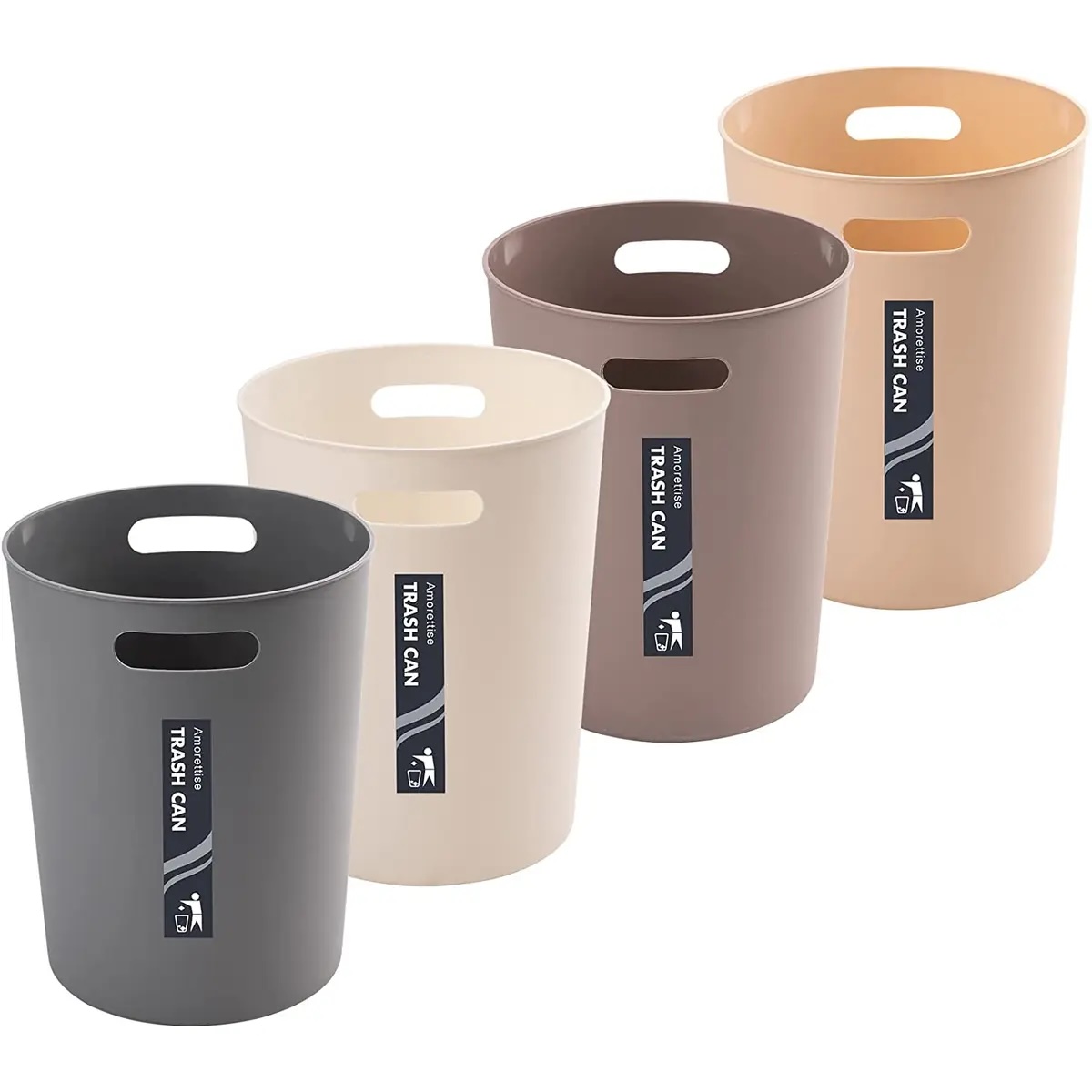

Home Maintenance Checklists
How Big Is A 3 Gallon Trash Can
Modified: February 18, 2024
Discover the ideal size for a 3-gallon trash can and streamline your home maintenance with our helpful checklists. Simplify your waste management today!
(Many of the links in this article redirect to a specific reviewed product. Your purchase of these products through affiliate links helps to generate commission for Storables.com, at no extra cost. Learn more)
**
Introduction
**
When it comes to managing household waste, having the right-sized trash can is crucial for maintaining a clean and organized living space. Trash cans come in various sizes, and the 3-gallon trash can is a popular option for many households. Its compact yet functional design makes it suitable for different spaces, from kitchens and bathrooms to home offices and bedrooms.
In this comprehensive guide, we will delve into the world of 3-gallon trash cans, exploring their dimensions, uses, and benefits. Whether you are considering purchasing a new trash can or simply want to learn more about this common household item, this article will provide valuable insights into the practicality and versatility of the 3-gallon trash can. So, let's embark on a journey to discover the significance of this modest yet essential waste management solution.
**
Key Takeaways:
- The 3-gallon trash can is a compact and versatile waste management solution, ideal for small spaces like bathrooms and offices, offering practical dimensions and functional features for efficient waste disposal.
- Understanding the concept of gallons helps in choosing the right-sized trash can, with a 3-gallon trash can being suitable for managing smaller quantities of waste in various settings, from homes to commercial spaces.
Read more: How Big Is A 20 Gallon Trash Can
Understanding Gallons
**
Before delving into the specifics of a 3-gallon trash can, it’s essential to understand the concept of gallons and their relevance in the context of waste management. A gallon is a unit of measurement used to quantify volume, and it is commonly employed to assess the capacity of liquid and dry substances.
In the United States, the gallon is a standard unit of measurement for liquid volume. One gallon is equivalent to 128 fluid ounces, 3.785 liters, or 231 cubic inches. When it comes to trash cans, the gallon measurement is used to indicate the container’s capacity, allowing consumers to gauge its suitability for their specific needs.
Understanding the concept of gallons is particularly important when selecting a trash can, as it directly correlates to the amount of waste it can accommodate. For instance, a 3-gallon trash can is designed to hold up to 3 gallons of waste, making it ideal for smaller quantities of trash in various settings.
By grasping the significance of gallons as a unit of measurement, individuals can make informed decisions when choosing the right-sized trash can for their homes or workplaces. The next section will focus on the standard size and dimensions of a 3-gallon trash can, shedding light on its physical attributes and practicality.
**
Standard Size of a 3 Gallon Trash Can
**
When it comes to the dimensions of a 3-gallon trash can, it’s essential to consider both its physical size and capacity. Typically, a standard 3-gallon trash can measures approximately 17-19 inches in height, making it compact enough to fit into tight spaces such as under desks, inside cabinets, or alongside kitchen counters. The width and depth of a 3-gallon trash can usually range from 10 to 12 inches, providing ample room for waste while remaining unobtrusive in various settings.
These dimensions make the 3-gallon trash can an ideal choice for smaller living spaces, such as apartments, dorm rooms, and bathrooms, where maximizing floor space is essential. Its modest size allows for discreet placement without sacrificing functionality, ensuring that household waste can be conveniently disposed of without causing clutter or obstruction.
Moreover, the 3-gallon capacity strikes a balance between accommodating an adequate amount of waste and preventing the trash can from becoming overly burdensome when it comes time to empty it. This size is particularly suitable for collecting daily kitchen scraps, bathroom tissues, or office paper waste, making it a versatile solution for various environments.
Additionally, many 3-gallon trash cans are designed with practical features such as swing lids, pedal-operated openings, or removable inner buckets, enhancing their usability and convenience. These functional elements contribute to a seamless waste disposal experience while maintaining a tidy and organized living or working space.
By understanding the standard size and dimensions of a 3-gallon trash can, individuals can make informed decisions about incorporating this essential waste management tool into their daily routines. The subsequent section will explore the common uses of a 3-gallon trash can, shedding light on its versatility and practical applications in different settings.
**
A 3-gallon trash can is typically about 17-18 inches tall and 10-11 inches in diameter. Make sure to measure the space where you want to place it to ensure it fits.
Common Uses of a 3 Gallon Trash Can
**
The 3-gallon trash can serves a multitude of purposes in various settings, thanks to its compact size and practical design. Its versatility makes it a valuable addition to homes, offices, and commercial spaces, offering a convenient solution for managing waste in a discreet and efficient manner.
In residential environments, the 3-gallon trash can is commonly found in bathrooms, where it provides a designated receptacle for disposing of tissues, cotton swabs, and other personal care waste. Its modest size and unobtrusive presence make it an ideal fit for these intimate spaces, ensuring that waste can be promptly and hygienically discarded without cluttering the surroundings.
Moreover, the 3-gallon trash can is well-suited for use in bedrooms, home offices, and other areas where minimal waste is generated. Its compact dimensions allow it to be placed under desks, inside closets, or alongside furniture, providing a discreet yet accessible solution for managing small quantities of trash.
When it comes to commercial and public settings, the 3-gallon trash can finds its place in office cubicles, reception areas, and communal spaces where individuals need a convenient means of disposing of paper waste, packaging materials, or other lightweight trash. Its unobtrusive size and practical features make it a valuable asset in maintaining a clean and organized environment without imposing on limited space.
Furthermore, the 3-gallon trash can is often utilized in hospitality settings such as hotel rooms, guest suites, and dining areas, where it offers a discreet and hygienic solution for collecting waste generated by guests and patrons. Its compact design and ease of maintenance make it an essential component of effective waste management in these service-oriented establishments.
By catering to a diverse range of needs, the 3-gallon trash can proves to be a versatile and indispensable tool for waste management in both residential and commercial settings. Its compact size, practical dimensions, and functional features make it a valuable asset in maintaining cleanliness and organization while promoting responsible waste disposal practices.
As we conclude our exploration of the common uses of a 3-gallon trash can, it becomes evident that this modest yet essential waste management tool plays a significant role in enhancing the cleanliness and orderliness of various environments. The following section will summarize the key insights and takeaways from our comprehensive guide, offering a conclusive perspective on the practicality and relevance of the 3-gallon trash can.
**
Conclusion
**
Throughout this insightful journey into the realm of 3-gallon trash cans, we have uncovered the practicality, versatility, and significance of this modest yet essential waste management solution. From understanding the concept of gallons as a unit of measurement to exploring the standard size and dimensions of a 3-gallon trash can, our exploration has shed light on the valuable role this compact receptacle plays in various settings.
By grasping the dimensions and capacity of a 3-gallon trash can, individuals can make informed decisions about incorporating this indispensable waste management tool into their daily routines. Whether it’s discreetly nestled in a bathroom, under a desk, or in a hotel room, the 3-gallon trash can offers a convenient and hygienic means of managing waste without imposing on limited space.
Furthermore, our exploration of the common uses of a 3-gallon trash can has illustrated its adaptability in residential, commercial, and hospitality environments. From collecting personal care waste in bathrooms to providing a discreet solution for paper waste in office cubicles, this compact receptacle proves to be a versatile asset in maintaining cleanliness and organization.
As we conclude our journey, it becomes evident that the 3-gallon trash can, with its practical dimensions and functional features, plays a significant role in enhancing the cleanliness and orderliness of various environments. Its unobtrusive presence and efficient waste management capabilities make it an indispensable tool for responsible waste disposal practices.
In essence, the 3-gallon trash can stands as a testament to the notion that practicality and efficiency need not come at the cost of space or aesthetics. Its compact size and versatile applications make it a valuable asset in promoting cleanliness, organization, and responsible waste management, enriching the living and working spaces it serves.
So, whether it’s discreetly tucked away in a corner or elegantly complementing a room’s decor, the 3-gallon trash can quietly fulfills its duty, embodying the essence of practicality and functionality in waste management.
Frequently Asked Questions about How Big Is A 3 Gallon Trash Can
Was this page helpful?
At Storables.com, we guarantee accurate and reliable information. Our content, validated by Expert Board Contributors, is crafted following stringent Editorial Policies. We're committed to providing you with well-researched, expert-backed insights for all your informational needs.

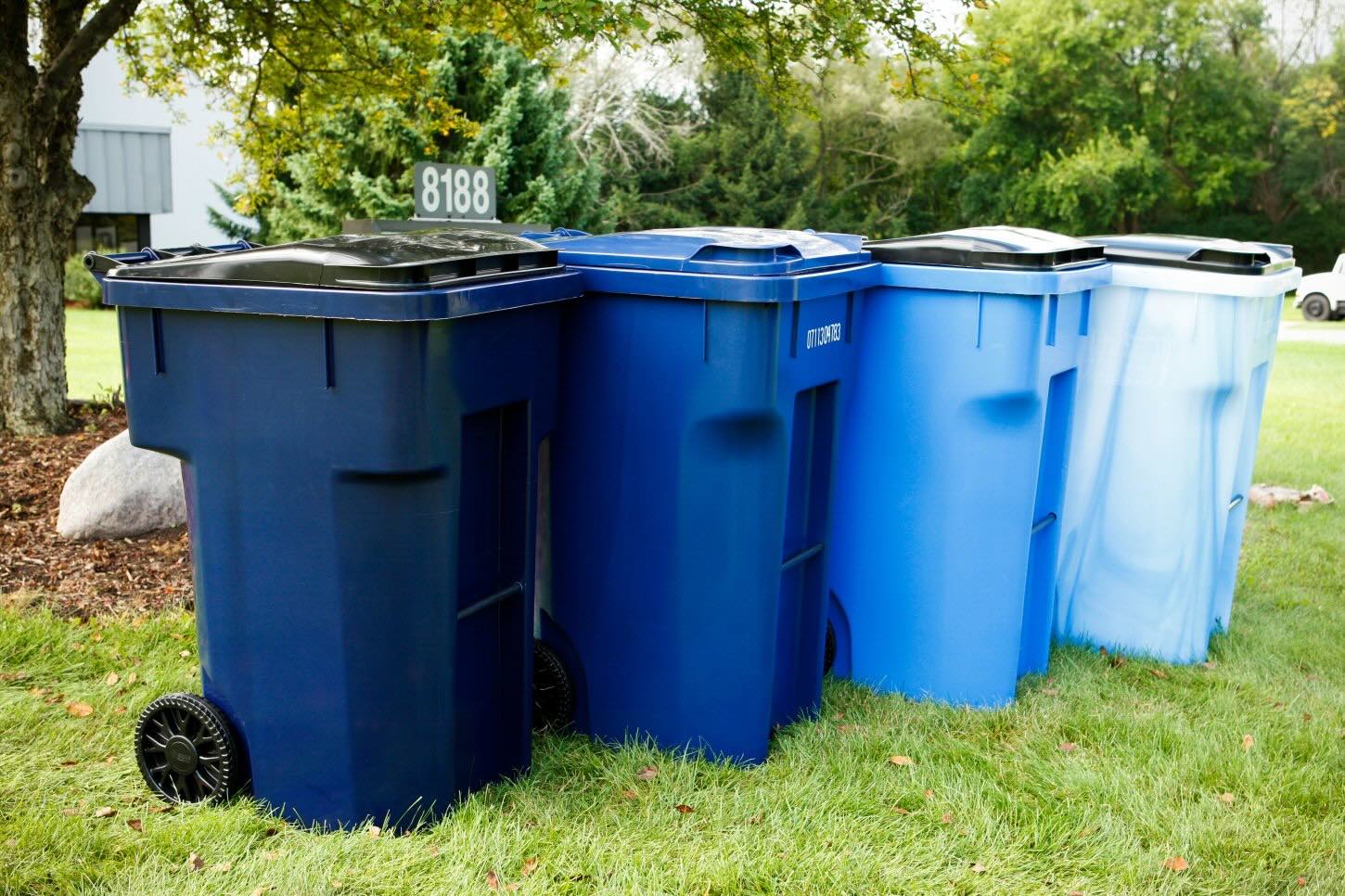
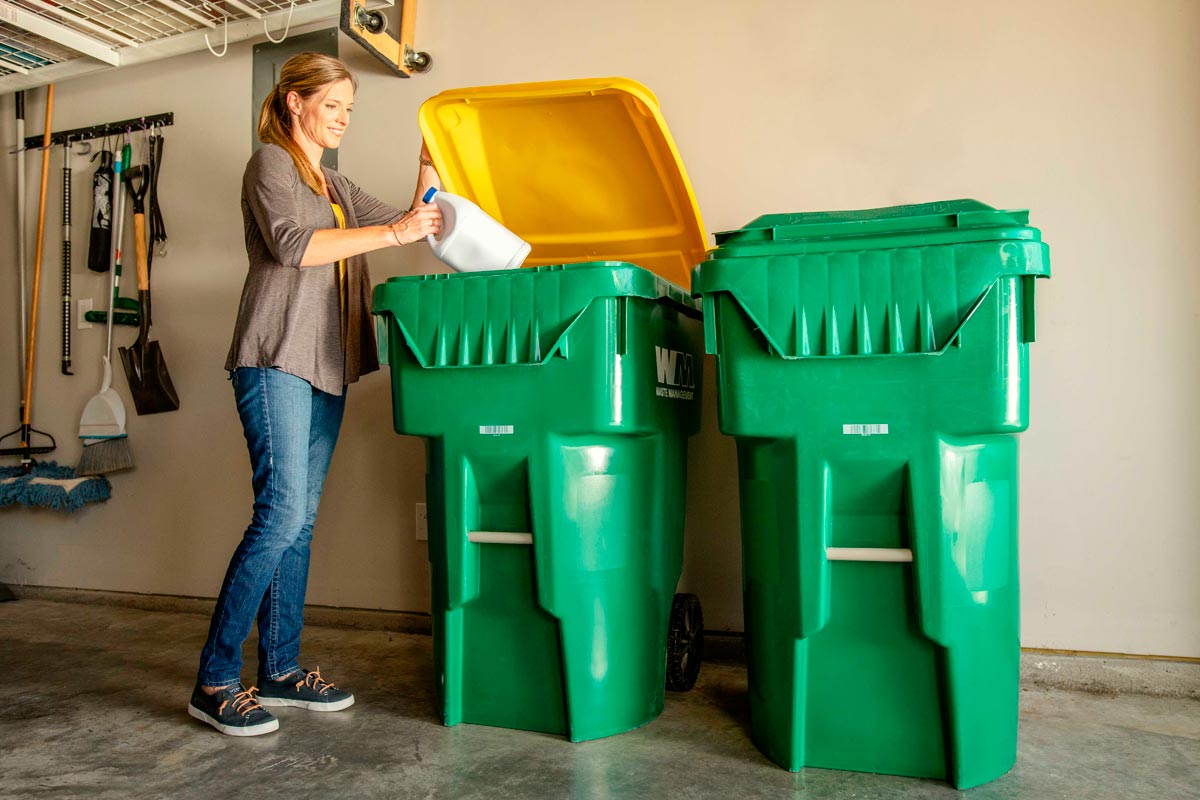
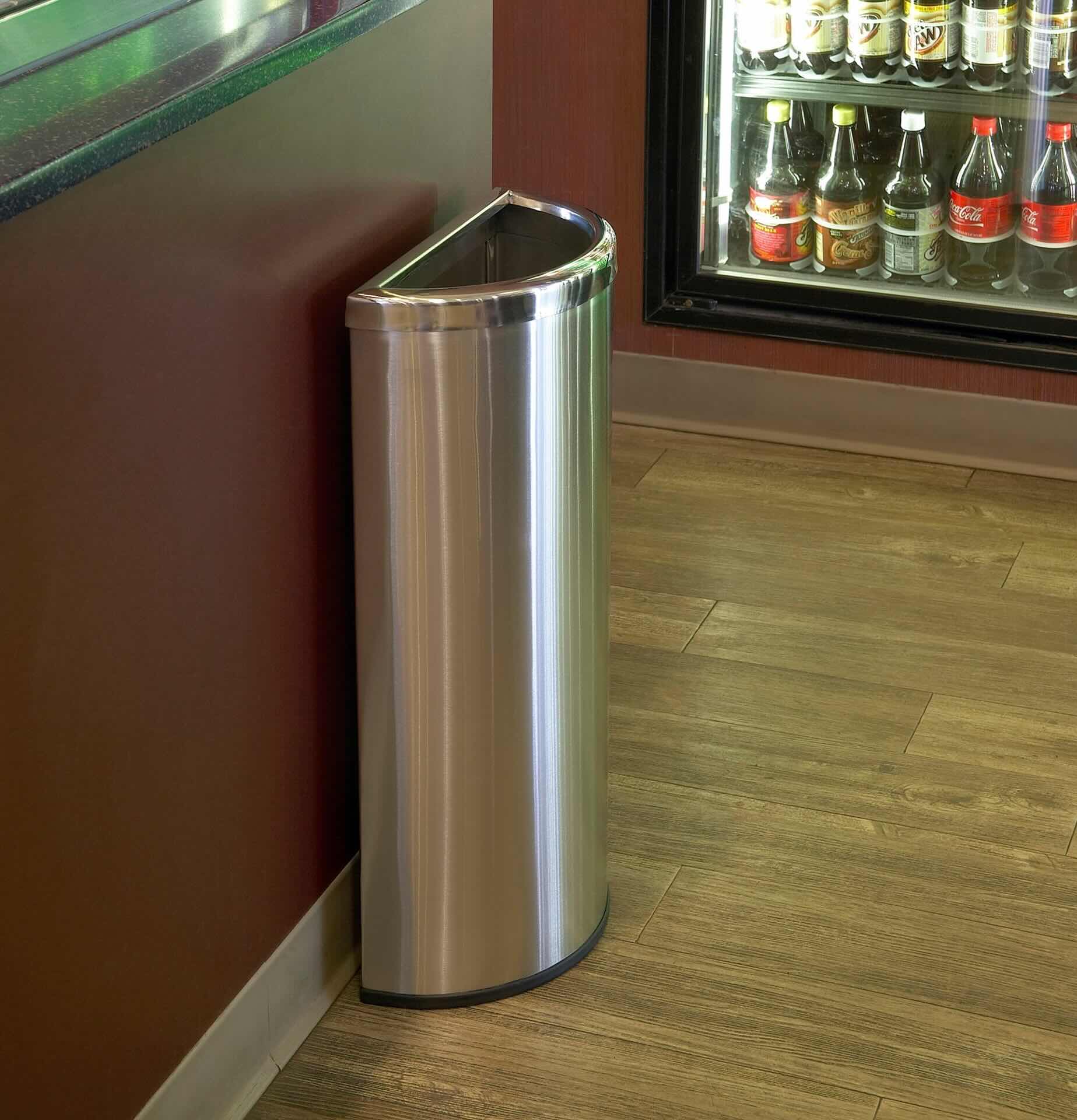
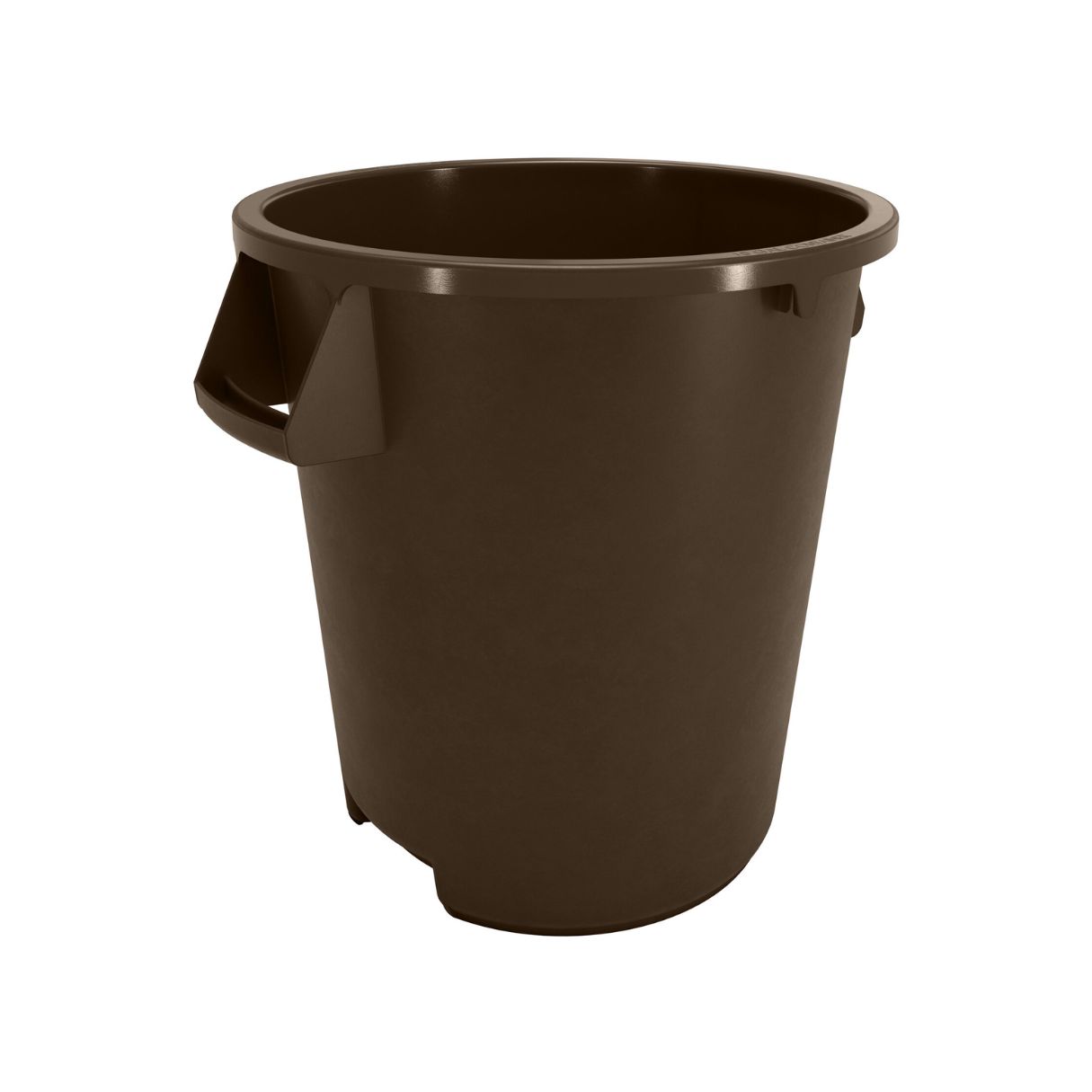

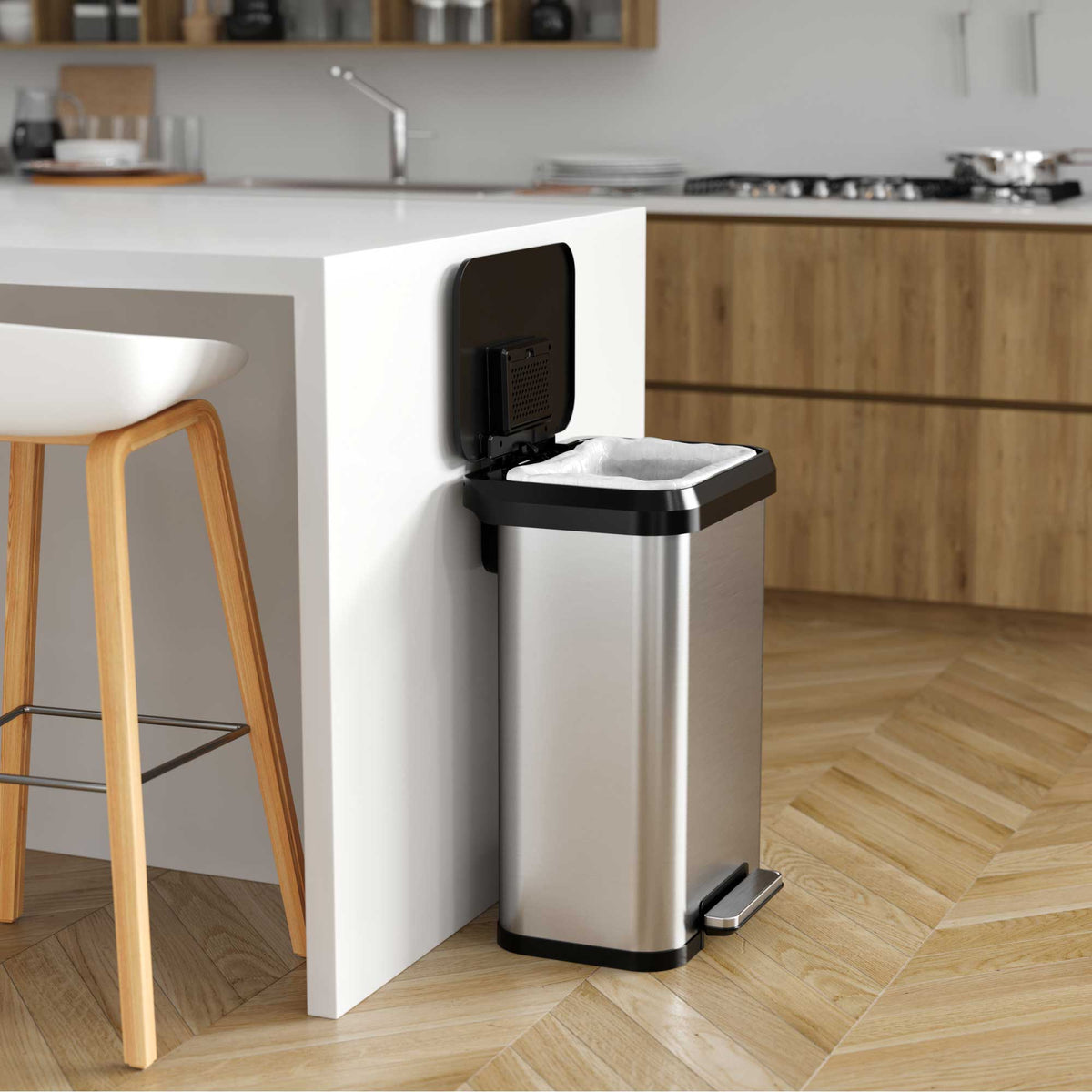
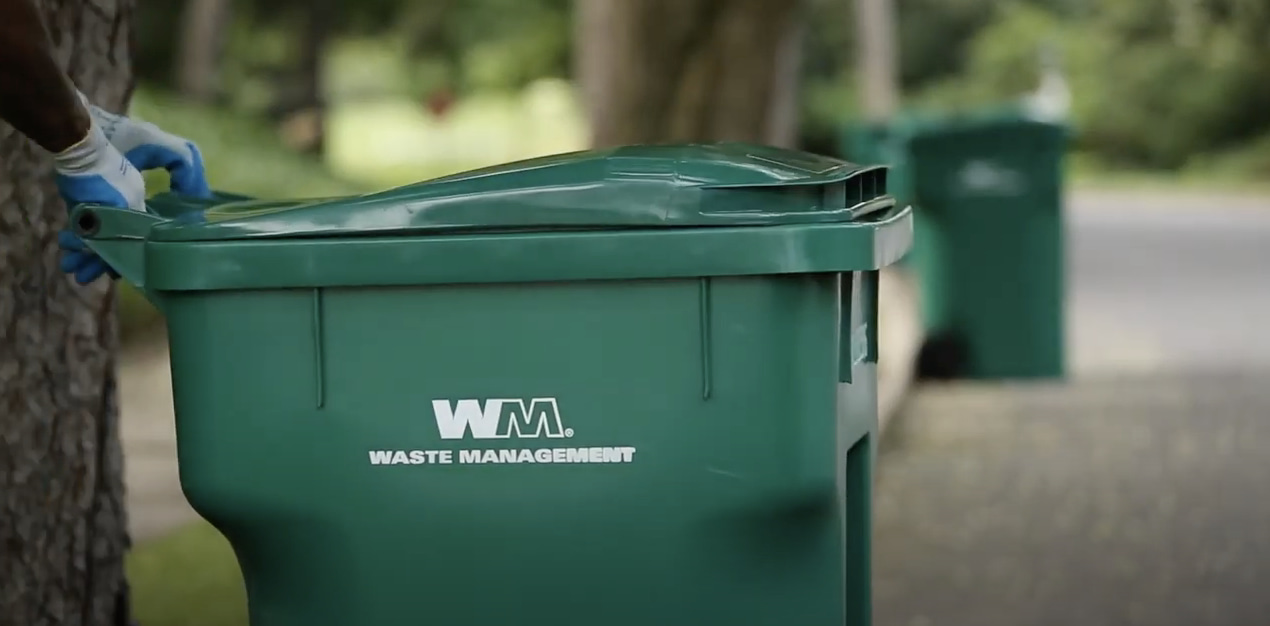
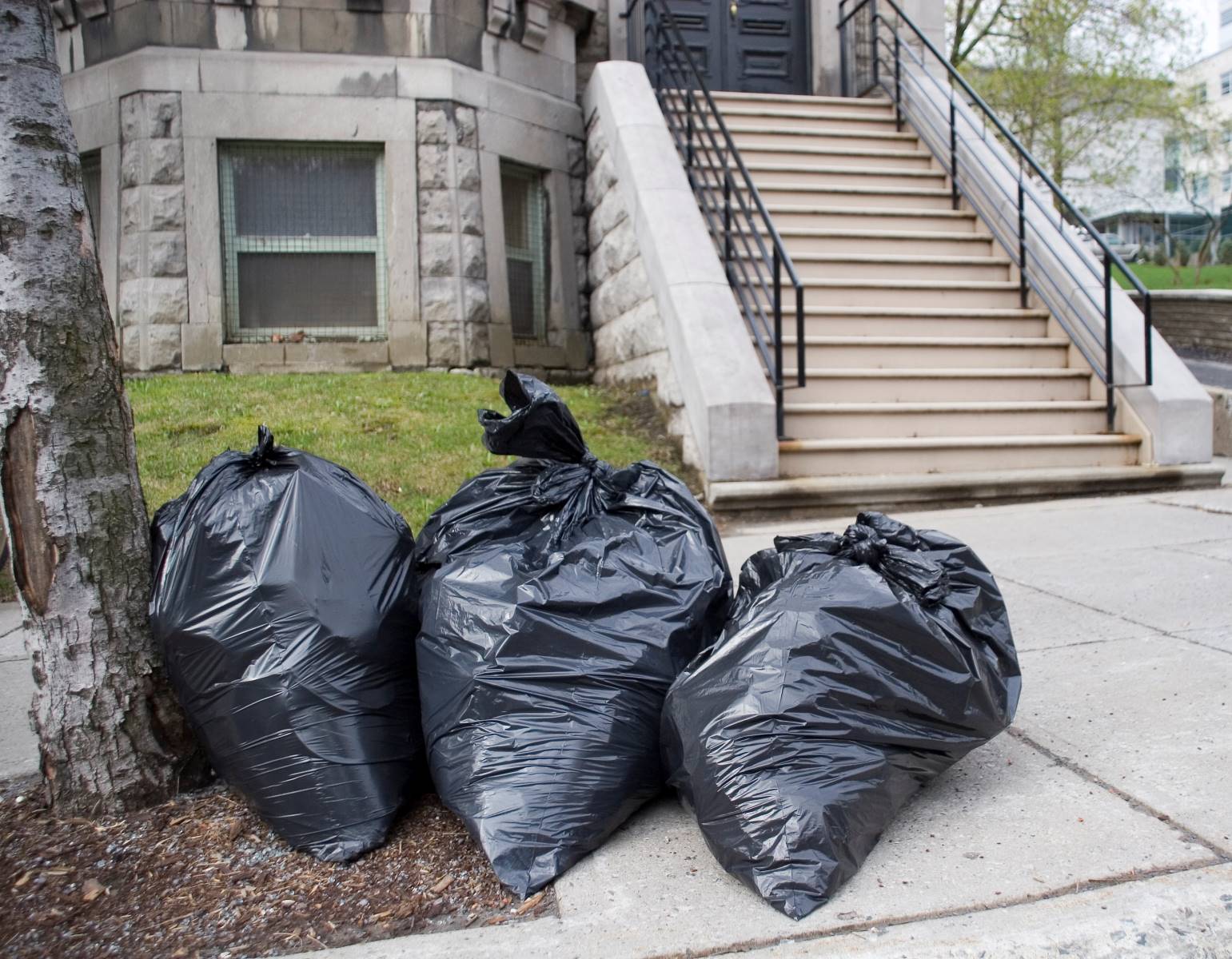
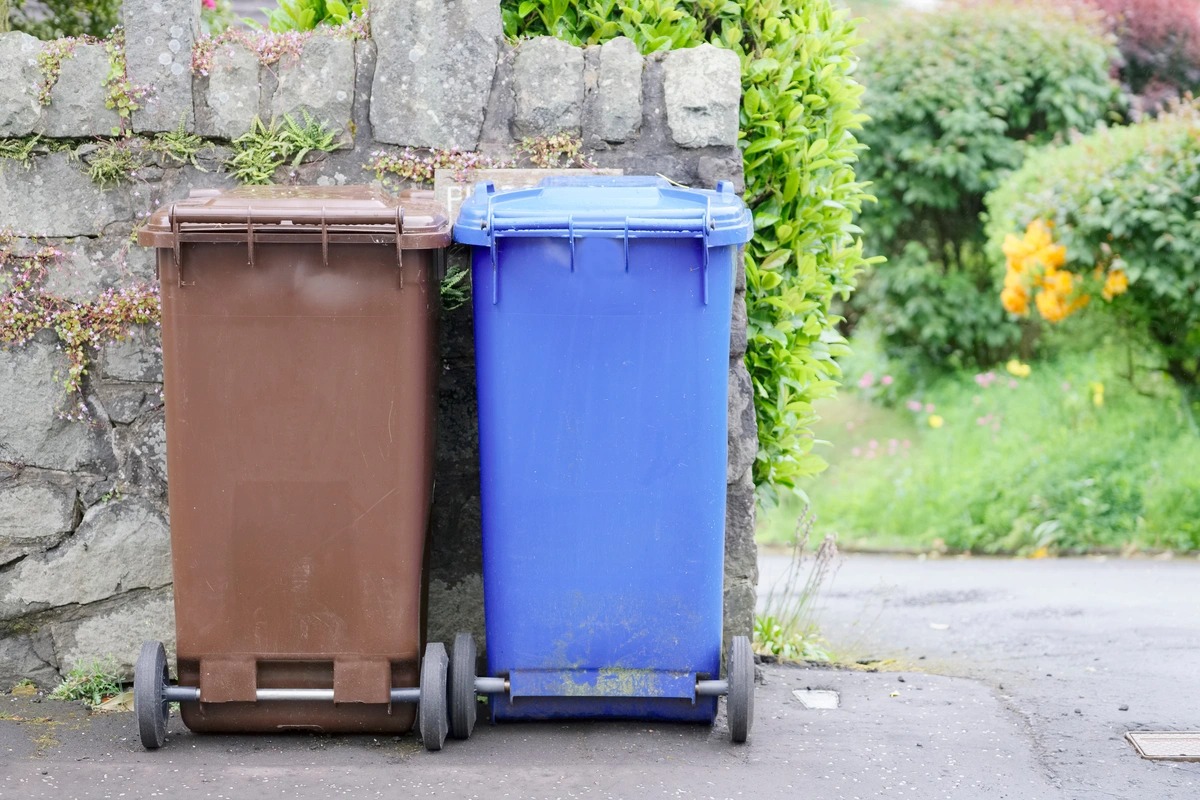
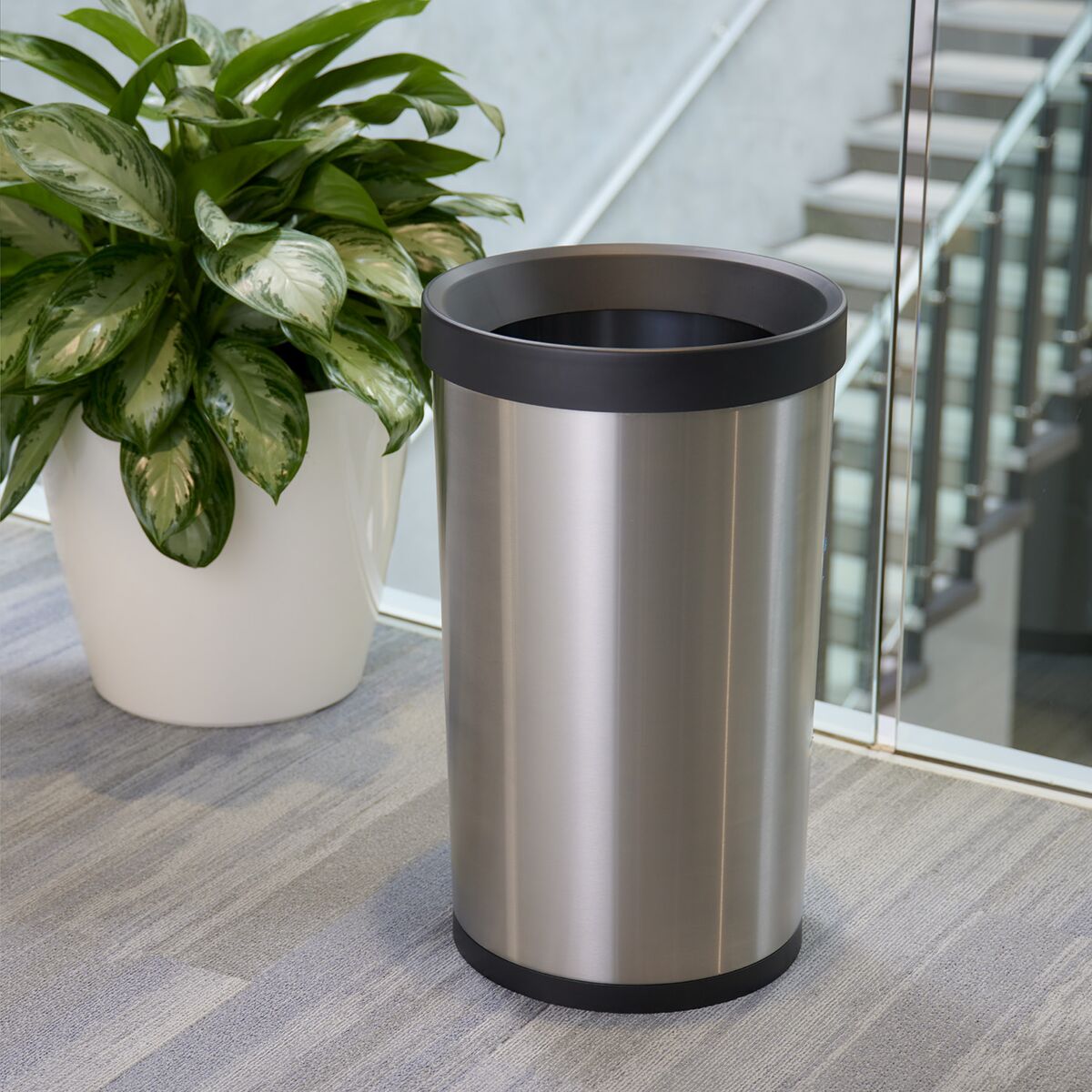
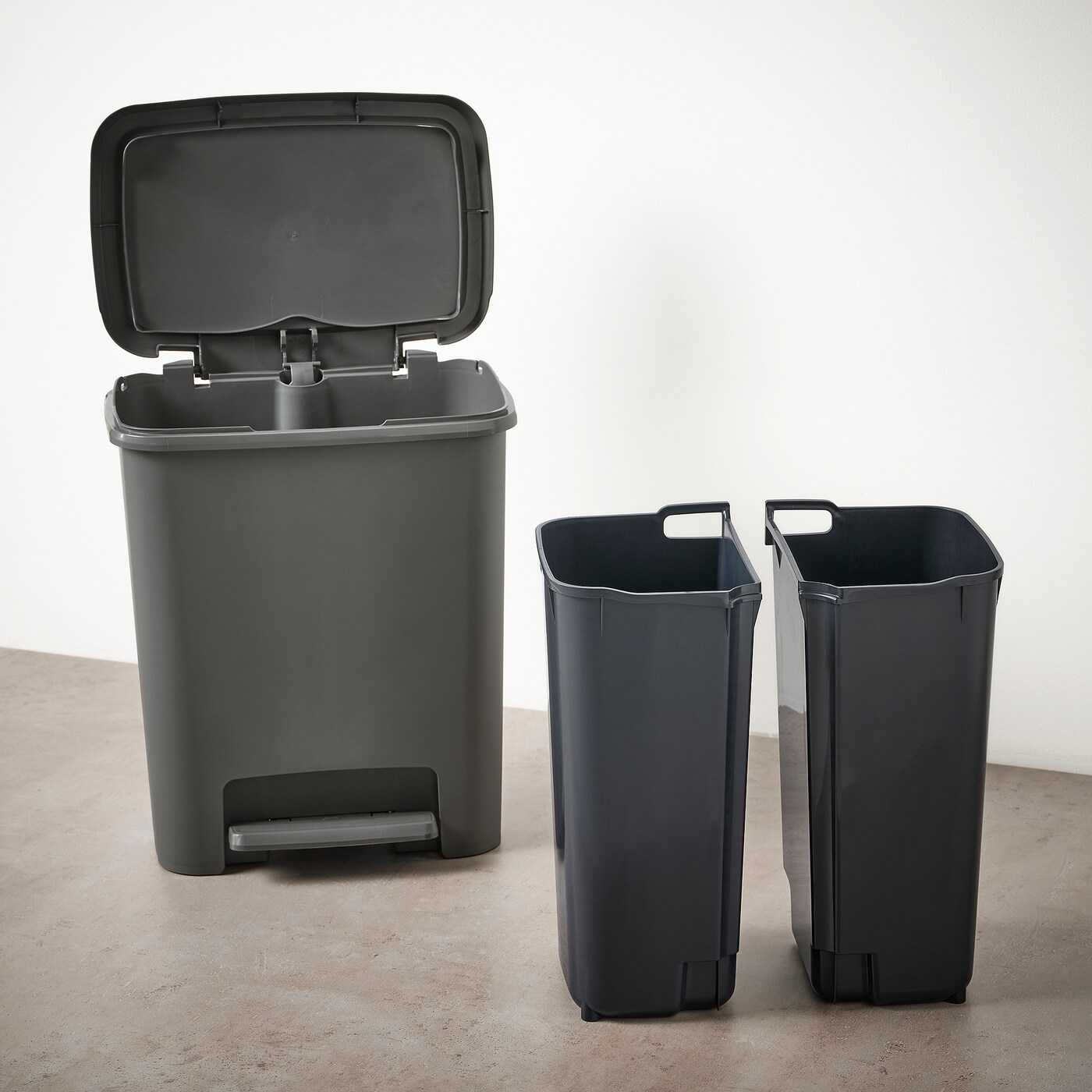
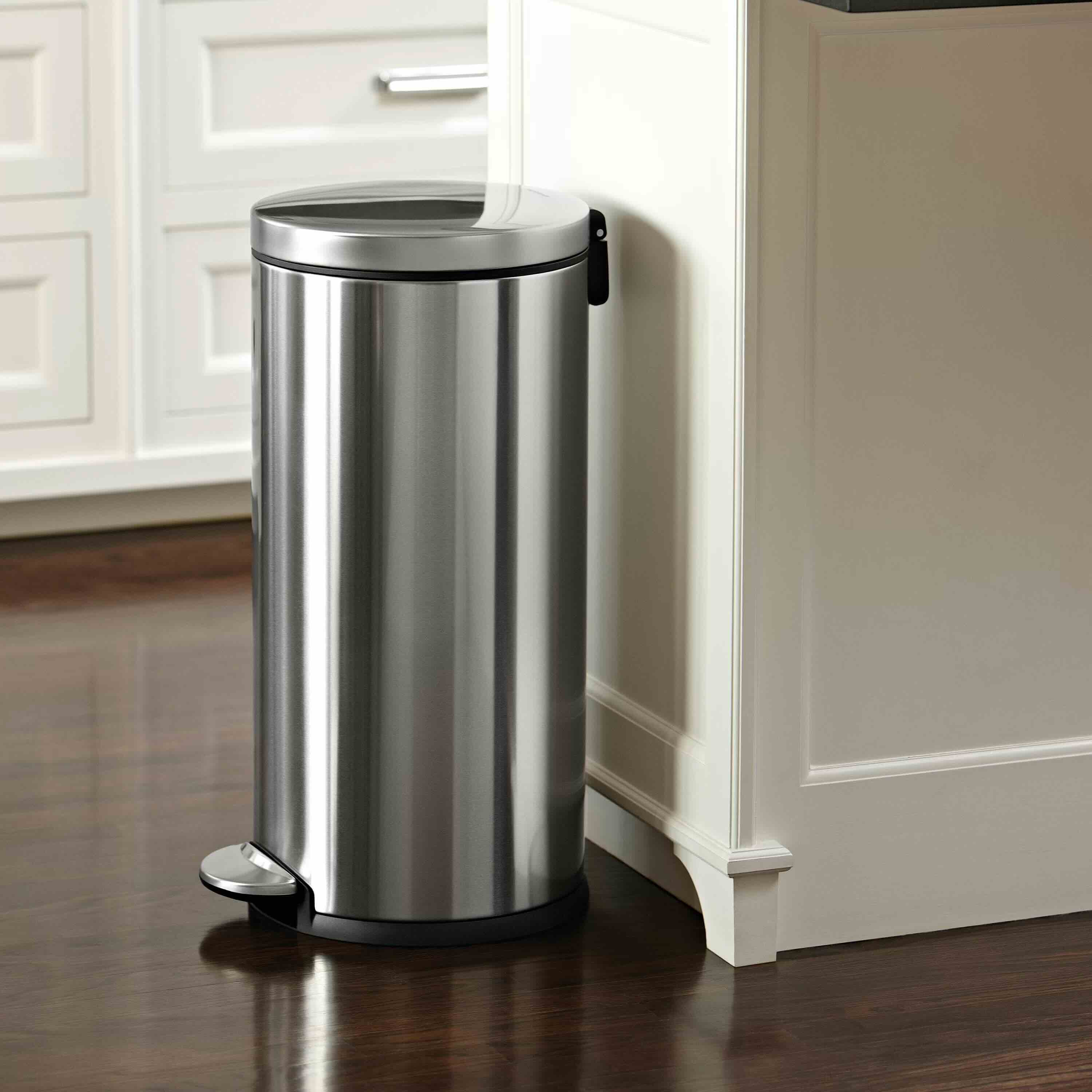
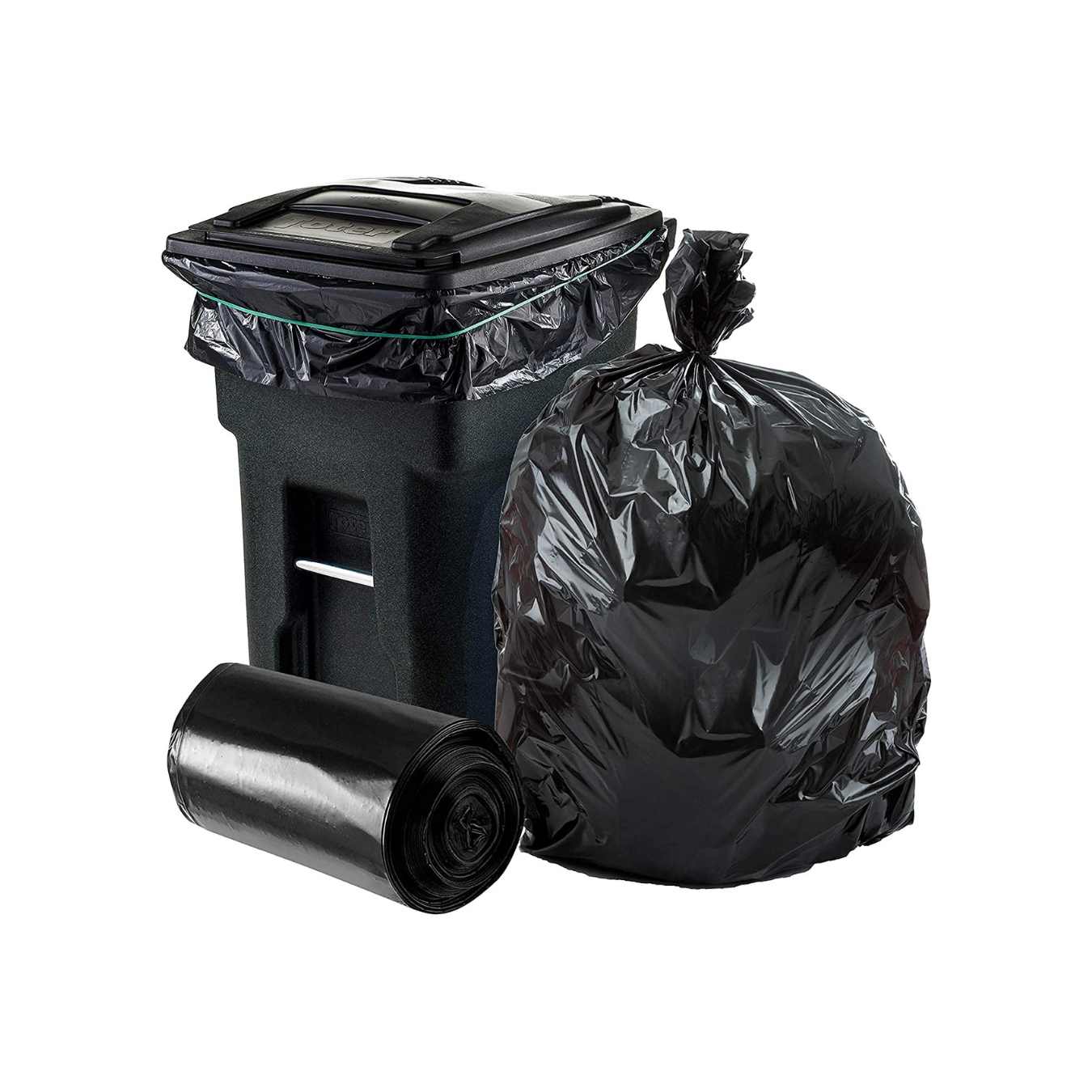
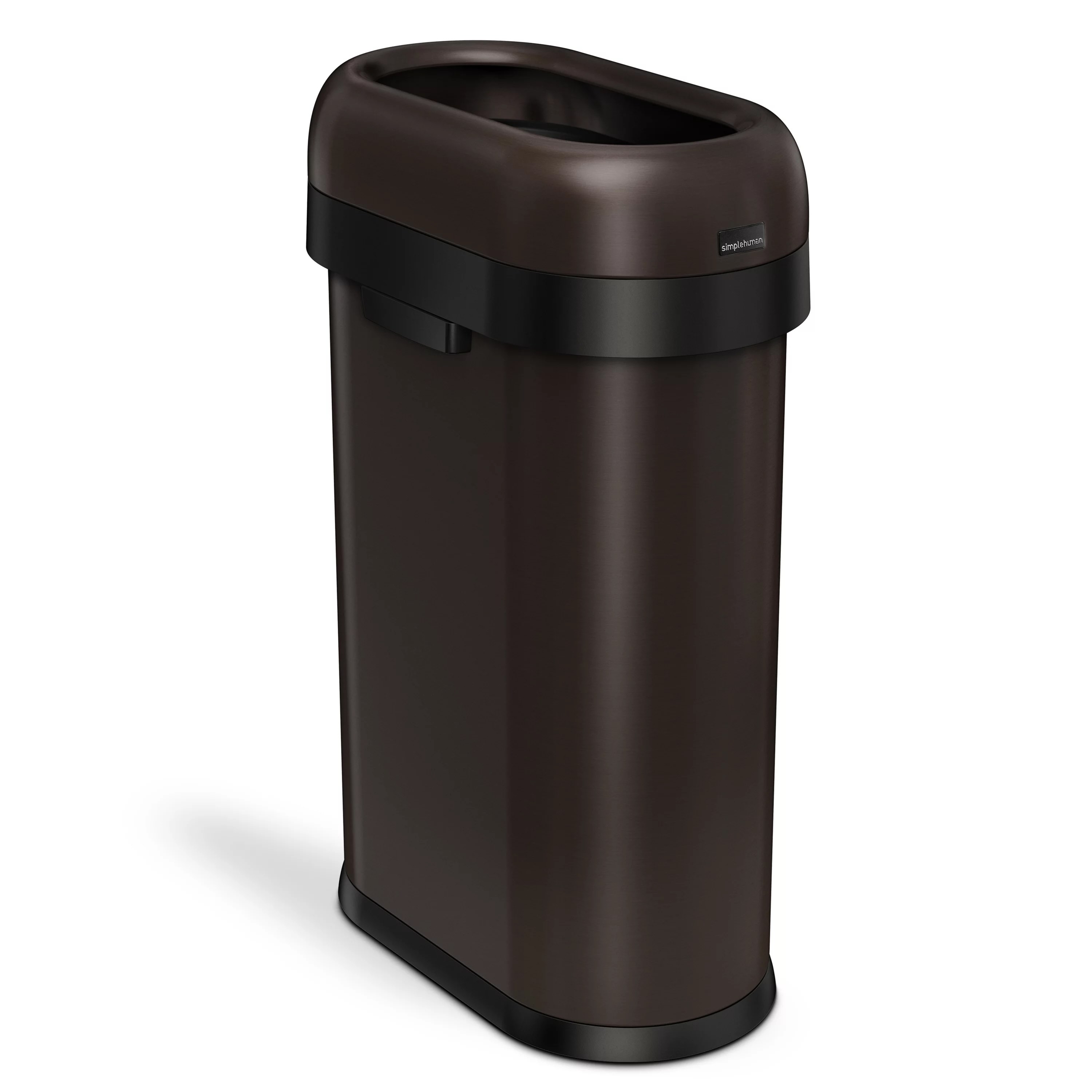

0 thoughts on “How Big Is A 3 Gallon Trash Can”